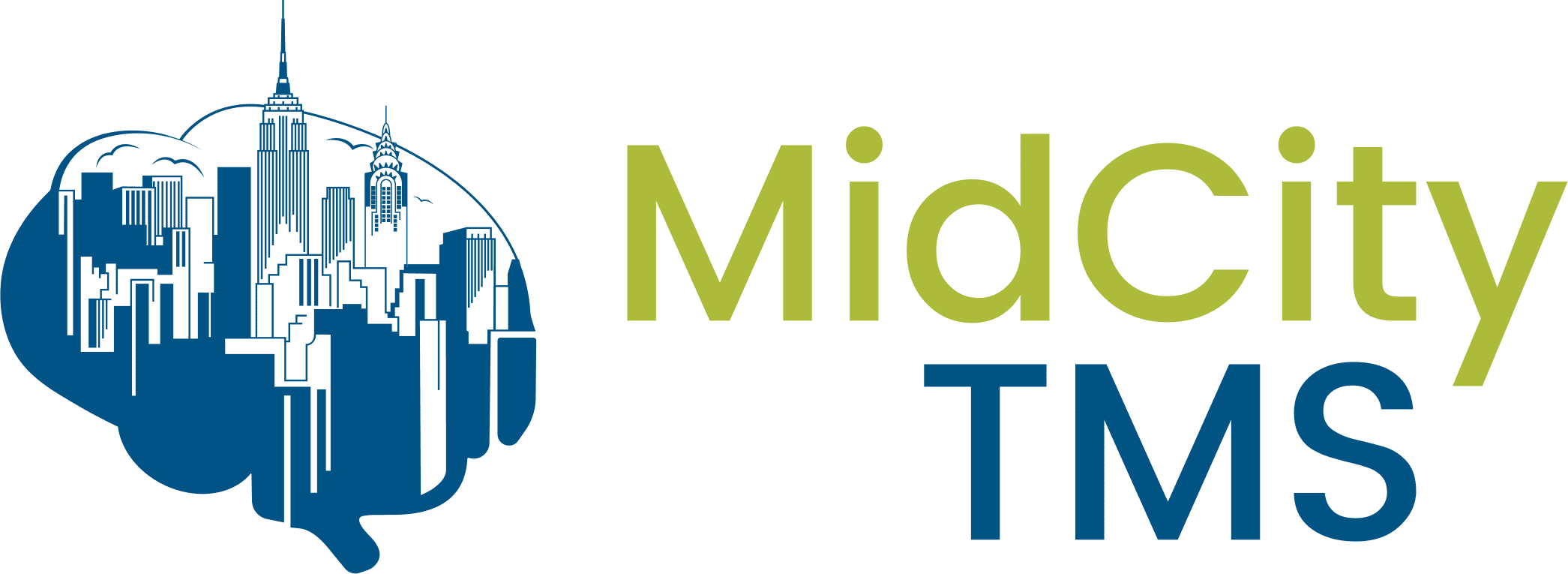As the weather cools down and the days get shorter, many might be feeling sadness, irritability, fatigue, and weight gain. If this sounds like something you experience, you’re not alone. You and many others could have seasonal affective disorder, which affects about 4 to 6 percent of the population.
Seasonal affective disorder, or SAD, is a depressive disorder that affects people when the weather drops, sometime between late fall and early winter, and usually lasts throughout the winter months. Less commonly, some people experience symptoms in the opposite situation, and seasonal affective disorder hits them in the summer.
Signs and Symptoms of SAD may include:
- Feeling depressed most of the day, nearly every day
- Loss of interest in activities
- Low energy
- Sleep problems, especially excessive sleep
- Changes in appetite or weight, especially craving for carbohydrates and weight gain
- Poor concentration
- Hopelessness
- Excessive guilt
- Thoughts of death and/or suicide
Seasonal affective disorder is often caused by the change in sunlight season to season. Studies of individuals living in Florida (with milder winters) and New York City (with longer winters) proved that New Yorkers were more likely to demonstrate symptoms of seasonal depressive disorder than Floridians. Lack of sunlight exposure is linked to the amount of melatonin and serotonin released in the brain. Melatonin makes you sleepy and serotonin enhances your mood. In winter months, melatonin is increased and serotonin is decreased. Fortunately, there are ways to treat seasonal affective disorder, ranging from at-home remedies to NYC TMS treatment.
What You Can Do if You Have Seasonal Affective Disorder
While there is no way to control the temperature or lack of sunlight in the winter, there are some things you can do to reverse seasonal affective disorder. It all starts with the willingness to get better! Treatment for SAD may include antidepressant medications, psychotherapy or TMS (transcranial magnetic stimulation). Here are some other things you can do to keep your mood. Motivation, and energy level stable throughout the year:
- Stay in Shape: When you experience depression, weight gain and unhealthy food cravings are common. Exercise helps combat these problems and can ensure winter won’t weigh you down. While we understand you cannot always go outside for a jog in the cold months, that does not mean you can’t head to the gym or schedule a yoga class with a friend.
- Use Aromatherapy: Essential oils allow the area of the brain that controls your mood and emotions to have an easier time with sleep, diet, and overall well-being.
- Let in Some Light: Keep those blinds open. Even though the trees and grass are not green, seasonal affective disorder is mainly caused by lack of sunlight. While the view of snow and slush might not inspire you to get outdoors, the little bit of sunlight can at least cheer you up while you are doing indoor activities.
- Try Lightbox Therapy: Since lack of sunshine can lead to seasonal affective disorder, light therapy boxes mimic the same light that natural sunshine provides. Lightboxes are significantly brighter than your average light bulb, so purchasing one might be worth it. Light boxes require 20-60 minutes of exposure to 10,000 lux of cool-white fluorescent light, usually first thing in the morning on a daily basis from early fall until spring.
- Write it Down: Keeping a journal is a proven method for relieving stress. Journaling your thoughts and emotions doesn’t have to be a full-time job. All you need is 20 minutes or so most days of the week to just write.
- Follow a Schedule: If you’re not exposed to proper amounts of sunlight, sticking to a day-to-day schedule will help you gain more exposure to sun. Being around sunlight more can increase your mood. By staying on schedule, you can also prevent yourself from falling into other bad habits as well.
Resources for Seasonal Affective Disorder
If you or a loved one wants to learn more about seasonal affective disorder and seeking help, here are some resources:
- Seasonal Affective Disorder Association (SADA): Although the organization will be shut down in September 2018, they have a lot of education resources available online.
- National Institute of Mental Health (NIMH): Whether you just want to learn more about seasonal affective disorder, you need help finding treatment options, or you want to get involved and help the cause, NIMH is a great resource that provides lots of links and support.
MidCity TMS Is Here to Help With NYC TMS Treatment
Transcranial magnetic stimulation (TMS) helps patients who suffer from all forms of depression, including Seasonal Affective Disorder, who haven’t sufficiently benefitted other means of treatment. MidCity TMS provides NYC TMS treatment to qualified candidates. TMS does not circulate through the bloodstream and is non-systemic. As a result, NYC TMS treatment lacks the sometimes adverse side effects of traditional antidepressants. If you are already using other forms of therapy to combat depression, NYC TMS treatment can be a great supplement.
Does NYC TMS treatment sound like the answer for you? Contact one of Mid City TMS’s doctors today today and we will happily assist you. Our offices are located at 280 Madison Ave, Suite 1102, New York, NY 10016, and we’re open Monday through Friday from 8:30 am to 8:00 pm.








